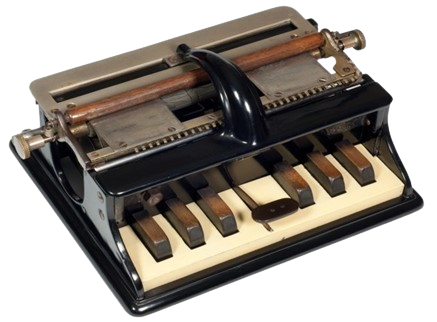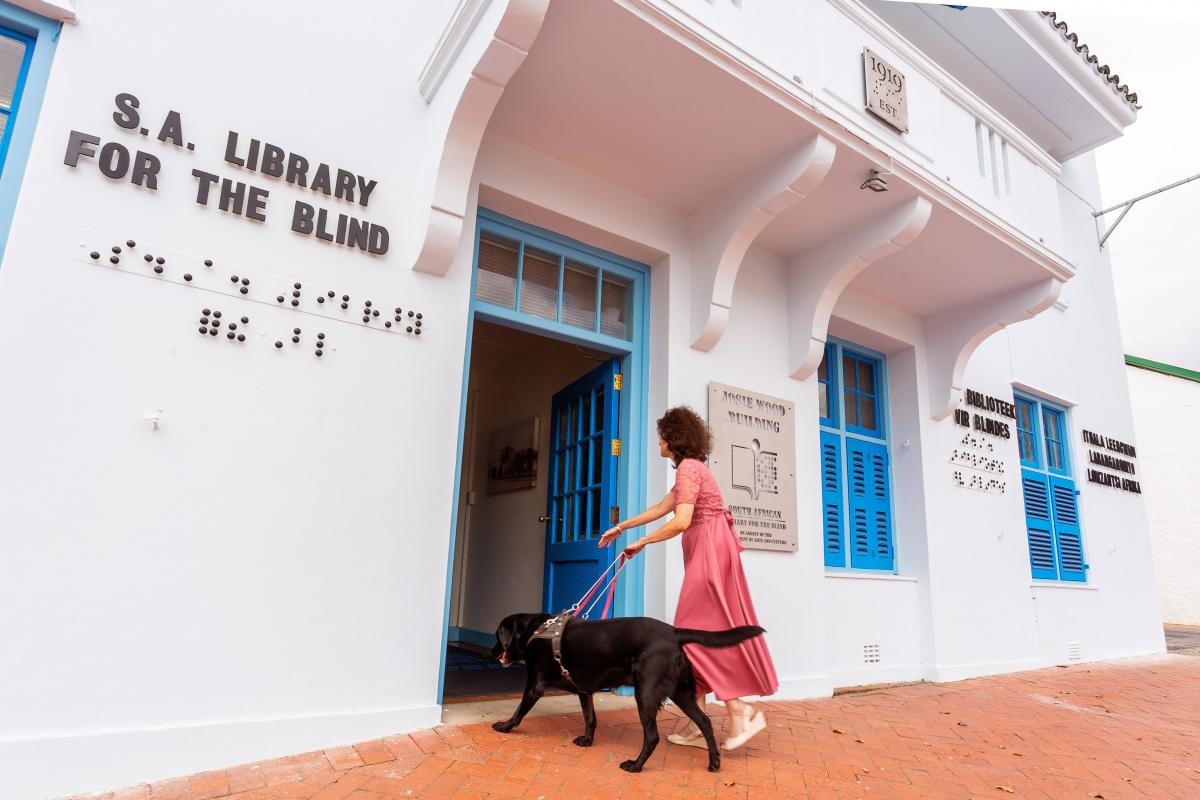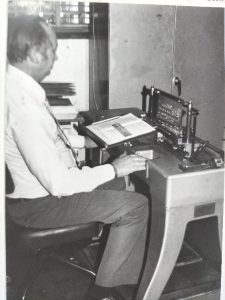Braille Production
Learn about the process of producing braille in South Africa.

BRAILLE PRODUCTION IN SOUTH AFRICA
Braille: A Window to the world for the Visually Impaired
Braille is a tactile writing system used by people who are visually impaired, including those who are blind, deafblind, or have low vision. It can be read on embossed paper or through refreshable braille displays connected to computers and smartphones.
Writing in Braille
Braille can be written using various tools:
- Slate and stylus
- Mechanical braille writer
- Electronic braille notetaker
- Computer connected to a braille embosser
Louis Braille and the Birth of Braille
Braille is named after Louis Braille, a Frenchman who lost his sight in childhood. In 1824, at age fifteen, he developed the braille code based on the French alphabet. He published literature and musical notation in his system in 1829.
Braille Production Units in South Africa
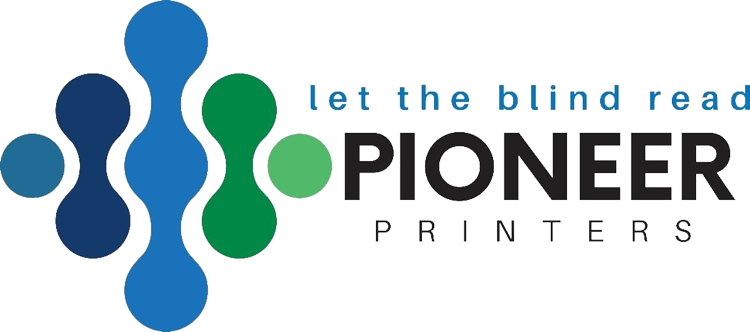
Pioneer Printers,
![]() Worcester, Western Cape
Worcester, Western Cape
- Established in 1903
- Moved to Victor Vaughan Building in 1980
- Computerized braille production began in 1985
- Renamed Pioneer Printers in 1995
- Registered as NPO and PBO in 2012
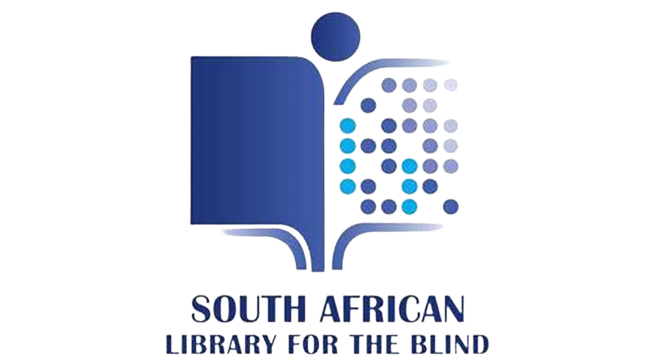
South African Library for the Blind
![]() Makhanda, Eastern Cape
Makhanda, Eastern Cape
- Established in 1919 by Josephine Wood
- Declared National Library for the Blind in 1968
- Audio and braille in-house production units established in 1992
- Digital Audio books in Daisy format introduced in 2004
- Houses over 24,000 titles in various formats
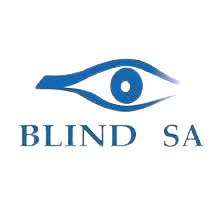
Blind SA
![]() Alrode, Gauteng
Alrode, Gauteng
- Established in 1953 by SABWO
- Renamed Braille Services in 1963
- Became South Africa’s first computerized braille producer in 1981
- Produces literary, technical, and tactile graphics braille
- Offers large print, audio, and Epub books
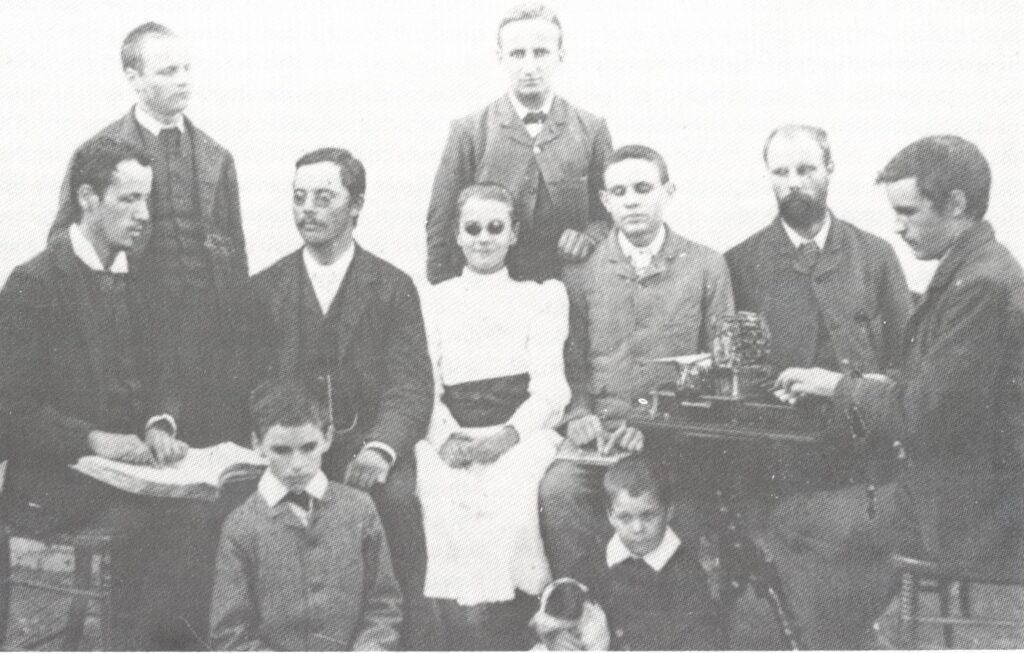
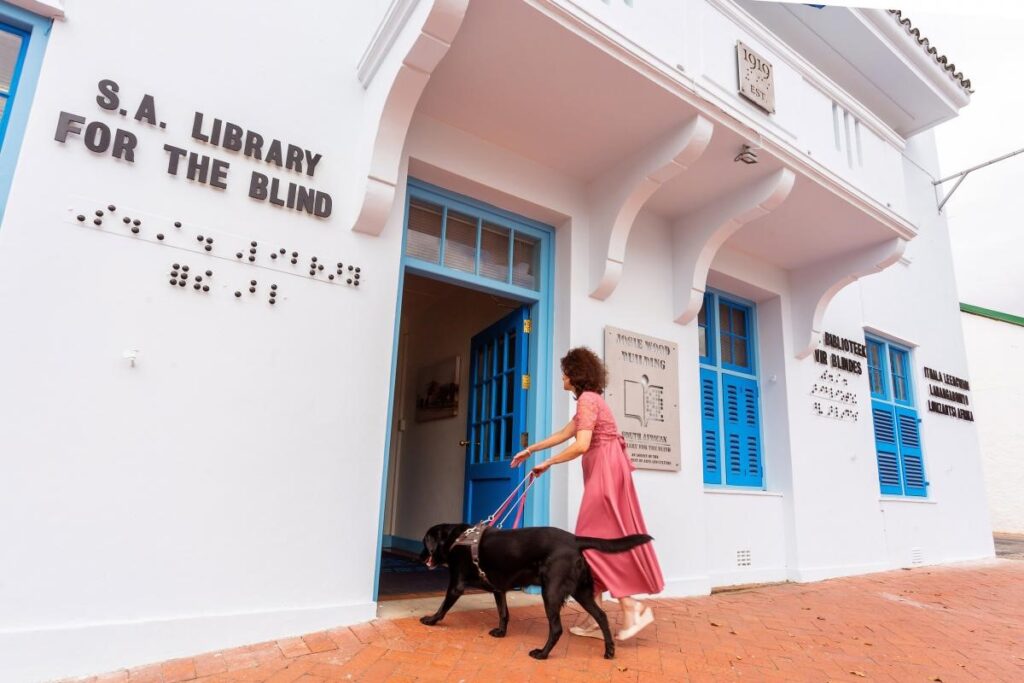
Sources: Droom tot Daad – Geskiedenis van SABWO, FIAT LUX – Die verhaal van die Instituut vir Blindes
1881-1981 by Prof. Bun Booyens, Wikipedia
THE BRAILLE PRODUCTION PROCESS
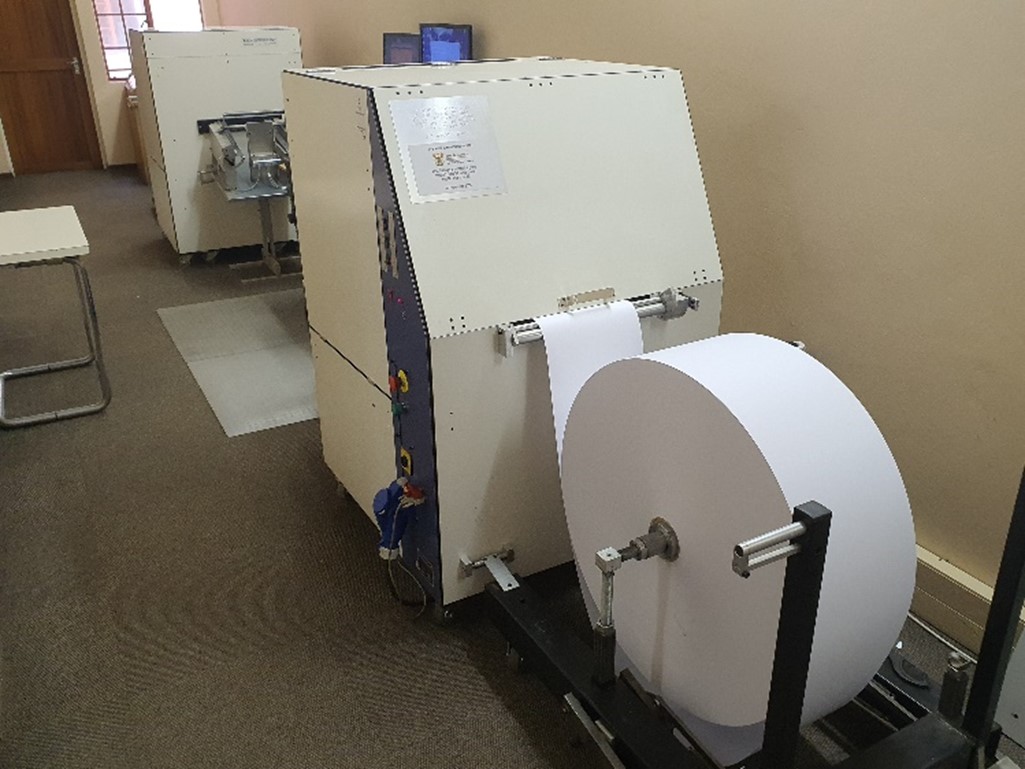
Creating Accessible Content for the Visually Impaired
Welcome to a glimpse into the intricate process of producing braille materials. While methods may vary, the essence of the process remains consistent across different braille producers.
Let’s explore how this fascinating journey unfolds:
Step 1
Material Acquisition
The content destined for braille can originate from various sources. It may be typed directly into a word processor, scanned into a computer, or received in electronic file formats.
Step 2

Translation to Braille
Utilizing specialized software like the Duxbury Braille Translator, the material undergoes translation into braille format. This crucial step ensures that the content becomes accessible to visually impaired individuals.
Step 3
Proofreading and Correction
Once translated, the braille copy is printed onto paper and meticulously proofread. Any errors are corrected, and the document may undergo another round of scrutiny to ensure accuracy.
Step 4
Printing and Distribution
With errors rectified, the document is printed and bound for distribution. Depending on the scale of the production, copies may be printed directly onto paper for limited circulation or engraved onto metal plates for mass reproduction, as seen in widely circulated magazines.
SABA – BRAILLE QUALITY ASSURED!
Setting Standards for Braille Excellence
The three major braille producers make every effort to provide quality braille, as they realise that quality braille is non-negotiable, especially in the case of material provided for learners at school and for students. They are also members of and participate in the work of SABA (South African Braille Authority), the braille authority and standard setting body for braille in South Africa.
Established on 3-4 May 2012, SABA ensures that braille producers and schools catering for visually impaired learners are always aware of the latest standards and trends in braille.
It is believed that the demand for braille in South Africa far exceeds current provision by the three major producers. For that reason, in-house producers, school production facilities and small businesses are encouraged to help in the provision of braille with one very important proviso: that quality braille will be guaranteed.
THE UNIFIED BRAILLE CODE (UBC)
Enhancing Braille Literacy Globally
Unified English Braille (UEB) was developed by the International Council on English Braille (ICEB) and serves as a single braille code for literacy and technical information in English-speaking countries. It intended to develop one set of rules, the same everywhere in the world, which could be applied across various types of English-language material.
UEB is designed to be readily understood by people familiar with literary braille (used in standard prose writing), while also including support for specialized math and science symbols, computer-related symbols (the @ sign as well as more specialised programming-language syntax), foreign alphabets, and visual effects (bullets, bold type, accent marks, and so on).
Braille Services produced the first braille material in this new code as far back as 1997, for testing by braille readers.
After its adoption as a standard for braille at the ICEB General Assembly in Canada in April 2004, SABA also adopted it as the basis for our local languages later in the same year, with full implementation in 2008. Since then all the braille codes of our local languages have been adapted in accordance with the UEB.
You can make a difference!
By donating to the museums cause you can make a difference in the preservation of Braille’s History.

